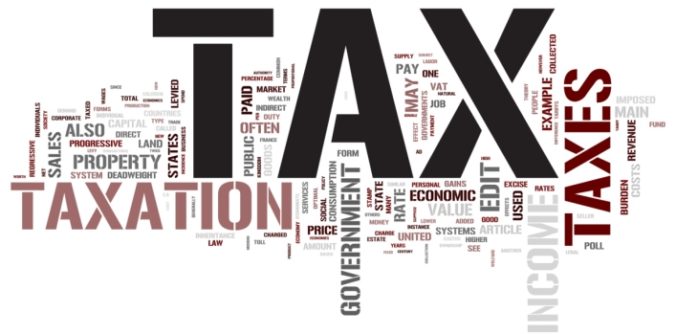The new year has brought us a new tax code. What may be less clear is what all its pages mean to you.
The good news is that the new law continues to reward society’s savers. Not only can you benefit from setting money aside for future expenses, but the very act of saving may reduce your current tax obligation as well.
The remaining challenge, as always, is to find the extra money to save amid life’s many expenses. So, at the conclusion of this article, we’ll suggest a way to save a bit more without cutting into your lifestyle.
Workplace retirement plans largely unchanged
Although there were proposals to end pre-tax contributions, 401(k) and 403(b) plans came through the tax rewrite virtually unchanged. You can still save for retirement and save on taxes even if you do not itemize deductions.
Also good: The maximum pre-tax and/or Roth contribution was raised in 2018 to $18,500, which is $500 more than before. And, if you will be age 50 or older this year, you can add $6,000 in “catch up” contributions, for a total of $24,500. (The $500 increase was triggered by an automatic inflation adjustment, not by the new tax law.)
Increased tax breaks for education
In a valuable change for parents paying private or parochial school tuition, the new tax law expands 529 education savings plans to allow for the funding of K-12 education. Previously, they could cover only college expenses. The new law allows tax-free withdrawals of up to $10,000 per year to pay for K-12 expenses.
Many states reward 529 plan savers with a state income tax reduction at the time of contribution. You can look up the details of your state here. Then, the money contributed to a 529 plan grows tax-free, similar to the money in a 401(k) plan. But in a valuable difference, withdrawals from 529 plans are not taxed, so long as the money is spent on allowable educational expenses. And now those allowable expenses include 12 more years of school.
Saving on your 2017 taxes
So far we’ve talked about tax-saving opportunities in the new tax code. But as you settle down to fill out your 2017 tax form, due this April, you’re probably looking for an additional deduction. Well, for the most part, the chance to lower your 2017 taxes expired on New Year’s morning—with one notable exception. If you meet the income limits, you may still be able to deduct an IRA contribution.
For those who qualify, the maximum IRA contribution is $5,500. Those who were 50 or over in 2017 can contribute an extra $500 in catch-up contributions, for a total of $6,000.
If you use tax preparation software like TurboTax, it can tell you whether you’re eligible to make a tax-deductible IRA contribution for 2017. Here are the income limits for 2017 for those who are eligible to participate in a workplace retirement plan:
- Single taxpayers can deduct the maximum IRA contribution if their taxable income is less than $62,000 in 2017. They can take a partial deduction if their taxable income is less than $72,000.
- Married couples filing a joint tax return can deduct the maximum IRA contribution if their taxable income is less than $99,000 in 2017. They can take a partial deduction if their taxable income is less than $119,000, according to the IRS.
Consult a tax advisor before making any decision. Please note that the income limits for making a tax-deductible 2018 IRA contribution are slightly higher.
Finding extra money to save
As we said at the start, it can be hard to save another dollar. This year, however, there may be an opportunity to save a little more without feeling a pinch.
The new tax code lowered several income tax brackets—the percentage of tax that’s levied on your pay at various income levels. As a result, employers will withhold a little less from paychecks for federal taxes when the new withholding tables take effect.
If you raise your plan savings rate by one percentage point, you may not feel a change in your take-home pay.
One final tax break
April 15 falls on a Sunday this year, and the next day is a holiday in Washington, D.C. As a result, the federal tax filing deadline has been moved back to April 17. So you have a couple of extra days to complete your tax forms this year. Good luck!
Note: The information provided here is for educational purposes only and isn’t intended to be construed as legal or tax advice. We recommend that you consult a tax or financial adviser about your individual situation.

Leave a Reply